The Six Most Important Building Blocks for Superior Music Composition


In this post we will explore six building blocks for superior music composition. Each element builds on the other. As well as each depends on the other. To forget or miss one of these elements will result in less than satisfactory results. To get started we will look at the element of time.
TIME
Music is an art form that is based and exists in time. When a piece of music is performed it passes through time. The structure of music is built on the stage of time. As such, the musical form measurements are divided into many sequential events.
Just like a ruler with feet and inches, time can be split into individual units of measurements. This concept creates a System of Measurement of different lengths of tones. And a rhythmic condition is clearly defined. Think of time as a canvas. Drawn on this canvas is musical melody lines. Next we will take a look at the element of tempo
TEMPO
Tempo refers to the rate of motion that music passes though time. Unlike the rule, tempo alters the size of the musical measurement. Music is a constantly moving panoramic picture. Music is never heard all at once. It is more like a panorama of sequential sounds. Tempo denotes to the rate of speed with which the scroll passes thorough the listener’s ears. A word like allegro is used to define a rapid tempo. Likewise adagio defines a slower tempo. The rate of speed often mirrors or creates an emotional statement. In order for the measurement of time to be elastic, there is the requirement to establish a tempo in a piece of music. Slower tempo will stretch the measurement and a faster tempo will shrink it. Now that we understand the role of tempo the next item is beat.
BEATS
Each piece of music has unit of measurement known as beats. Think of beats as the inch marks on the yardstick of time. These units of time are a way to accurately mark time.
In general terms, for a moderate tempo each beat has duration of a one second of time. The length of time can be less or more depending on tempo. A rapid tempo will shorten the length of time. A slower tempo will increase the length of time. The quarter note is the most common way to represent a beat. This is indicated by the bottom number of the time signature. Examples of quarter note time signatures include 2-4, 3-4, 4-4, 6-4. There are other notes such as eighth or sixteenth notes. But this is a very uncommon practice. In the end it really up to the composer what the time signature is.
There is a direct relationship between tempo and beats. For example a song with a 4/4 time signature and a tempo of 120 will indicated that each quarter note beat is played 0.5 seconds. A tempo of 60 will indicate that the quarter note is played for one second. With an understanding of what role beat play in music lets now look at the element of measures.
MEASURES
A measure is a way to group together beats. Beats are placed in measures. By doing this it allows for a greater amount or of time because the music is systematically divided into smaller and equally manageable pieces. This is similar to measuring a home in feet as opposed to inches. Because the nature of a beat is somewhat arbitrary, a measure can vary in certain compositions in the number of beat enclosed between the vertical bars. The first beat of a measure is accented. An accented note is play slightly louder and will a touch more force.
Measure Class Types
There are two basic classes that make up a measure. Each of these are “Simple” measures.
Simple measure type
First, there is the measure that contains two beats. The dynamic of the beat is heavy – light. This is called the duple group. The time signature is normally 2-4. The second type of measure contains three beats.
The dynamic of this measure is “heavy – light – light”. This is known as the triple group. The time signature for the triple group is 3-4. Beyond these two basic classes is the Compound measure.
Compound Measure Type
The compound measure contains a combination of the duple and triple. These measures will contain more than two or three beats. These measures must be multiplication, or groups of the simple measure.
Understanding this concept a measure with four beats is really a combination of two duple beats. Making this grouping in really a double duple. The variation of heavy and light pulses is present. Yet, in this configuration the third beat, though accented like the first beat, the accent is less heavy. The truth is there is really no major difference between a 2-4 and 4-4 measure other than the number of bars used. Most popular songs use either the 4-4 or 3-4 time signatures. Moving along the next thing is rhythm.
RHYTHM
Rhythm is a strong, regular, repeated pattern of movement or sound. It is the systematic arrangement of musical sounds, principally according to duration and periodic stress. This system of measurement provides the tone object with details of division, proportion and comparison. Even so, this alone does not constitute rhythm. All this does is provide a way to define and measure tone within the rhythm,
It is not until there is some comparison and relationship between tones does a rhythm emerge. This is where the measure will reveal its rhythmic identity. The rhythmic weight of a tone is in proportion to its time-value. Longer tones produce heavier more solid sound, and shorter tones create lighter sounding impressions. The arrangement of the rhythmic pattern in a song is part of the creative process.
The rules for rhythm is well defined and the clearest of all the music composition rules. Next is melody.
MELODY
Any series of single tones is a melody. Instruments capable of making only one tone a time include the human voice, horns or the flute. Single tone instruments can only produce a melody. But this does not exclude the piano or guitar. These instruments can produce multiple notes at a time. They can also produce single note melodies.
Linear Sequence
Melody is formed by a linear sequence of tones. Going back the idea that time is the canvas that musical images are place, a melody creates a line the builds these auditory images. This is a very important concept to consider in terms of the melodic ideas presented in music form. The absence of the “tone-lines” would be the same as a drawing that only consisted of splotches. There would be no evidence of contour or shape.
Tonal Relationship
A good melody will appeal to the music lover only if it is tuneful, pleasant and makes sense. A good melody will have a line of tones that have a logical harmonic relation to the previous tone. Or a relation to several tones or groups. There is a definite order to the way tones are placed in the melody. There needs to be some harmonic agreement in the way the notes are played.
Harmonic Qualities
Next, a good melody is measured in reference to harmony of time values. There is a specific order and arrangement in regards to the rhythm. There is a close relationship that adheres to certain rules. The first rule is that the music has a uniform fundamental pulse. It needs a sense of dynamics. This is the heavy – light feel. The next item is to make sure that the accents occur uniformly. The strong first beat of a measure. The next rule is to make sure there is enough similarity in the rhythmic figure it allow a distinct and apparent musical idea.
Final Thoughts on Superior Music Composition
As you have learned music is build on six basic building blocks. These elements all come together it make a superior music composition. To recap the six elements are:
- Time
- Tempo
- Beat
- Measures
- Rhythm
- Melody
Take these elements and implement them in you music when you write songs.

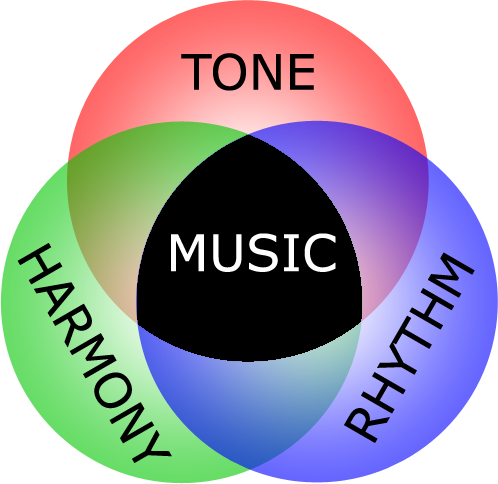
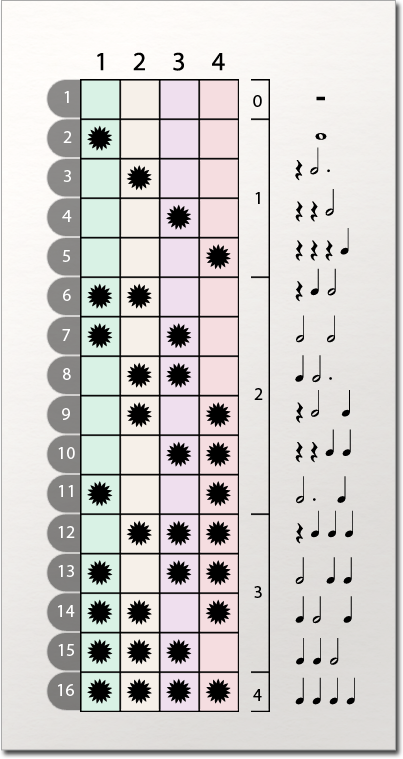
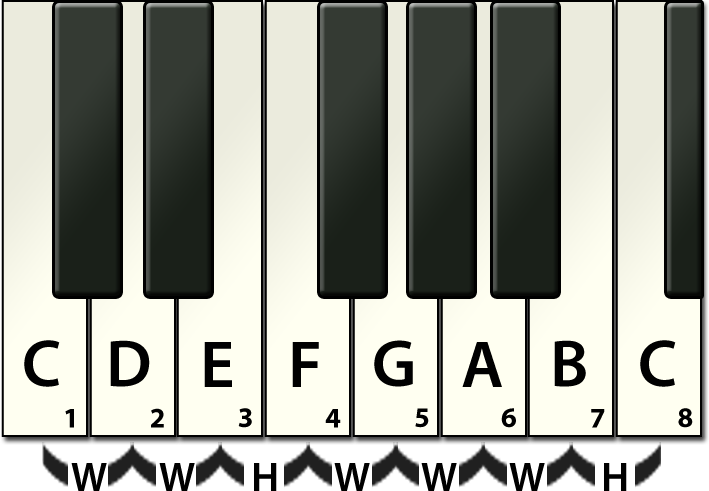
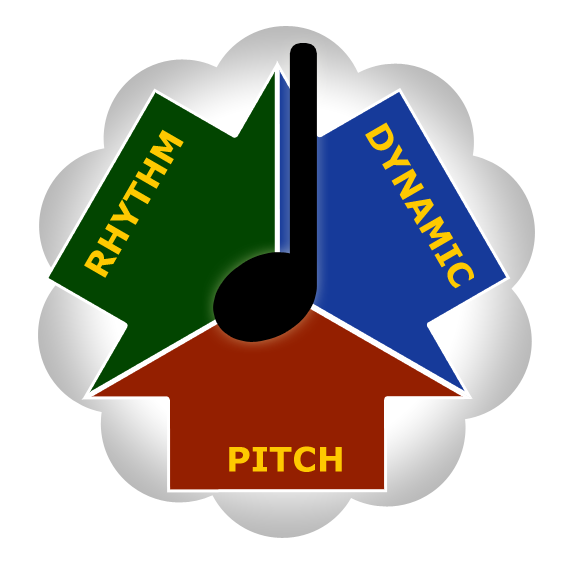
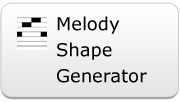
Leave a Reply